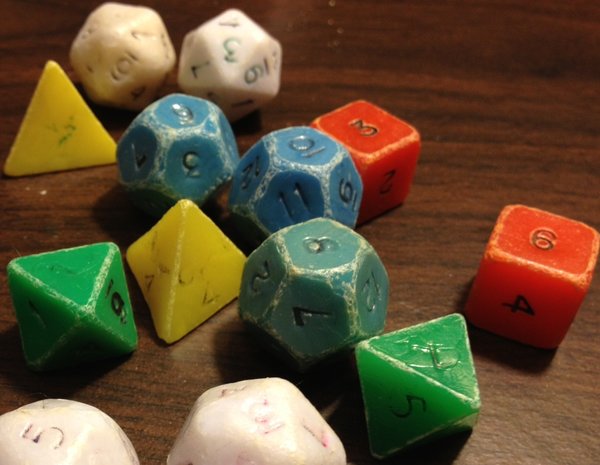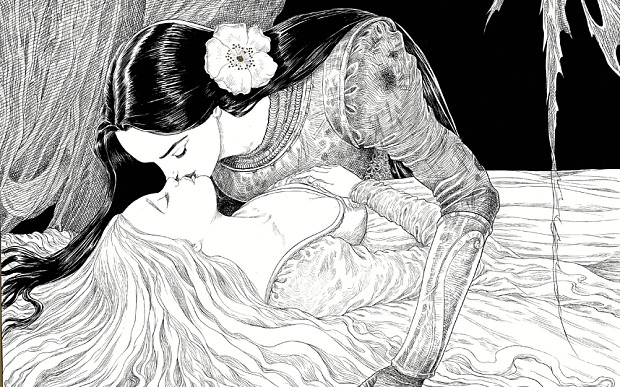Here’s a fun article from Dangerous Minds about a tarot set from the wondrous Edward Gorey. Gone are Death, The Hanged Man and everything else that we remember from traditional sets. They’re replaced by such major arcana as The Waltzing Mouse, The Ladder and The Bottle. The future is again, uncertain!
Daily Archives: October 28, 2015
Dungeons & Dragons Has Influenced a Generation of Writers
Here’s an article from last year in The New York Times by Ethan Gilsdorf about the influence of Dungeons & Dragons on a variety of writers. Included are comments from writers Junot Diaz, Sharyn McCrumb and David Lindsay-Abaire as well as Scott Stossel (editor of The Atlantic) and Jennifer Grouling, who works for Ball State University and wrote the book, “The Creation of Narrative in Tabletop Role-Playing Games”.
For years, my friends have commented on the “nerdification of Hollywood” and how the D&Ders have taken over, which is perfectly fine with us, as we grew up playing it and reading horror, fantasy and sci-fi novels. Its fun to see the positive lessons from roleplaying called out by people who utilize them in their work.
Other writers who are mentioned include China Mieville, Brent Hartinger, Cory Doctorow, Sherman Alexie, George R. R. Martin and even media personalities like Stephen Colbert, Robin Williams, Matt Groening, Dan Harmon and Chris Weitz.
The First Female Gamers
Here’s a fascinating article by Jon Peterson that was published on Medium.com detailing the history of female gamers, from wargamers to D&D. It talks about their struggles, early involvement and non-involvement, general dismissal based on cultural mores of the times and more.
Its interesting to me to see that women connected to fantasy and to roleplaying more than wargaming because it was assessed as more personal and less directly competitive. Men seemed to think of each other as adversaries whereas women seemed to like group activities where people worked together more. I wonder if this is still the case. If so, it highlights a particularly significant psychological divide between the sexes, although in the modern age, people cross the line in both directions.
Neil Gaiman on the meaning of fairy tales
Here’s an article from The Telegraph with a lot of great historical info on fairy tales as related by Neil Gaiman and Gaby Wood. There’s info here on the older accounts of Red Riding Hood, Sleeping Beauty, Goldilocks and more that will be intriguing and possibly alarming to people who haven’t delved into the roots of folk tales, fairy tales and the like. The idea of monstrous mothers, sexuality vs. piety, censorship and revisionism by Wilhelm Grimm were especially interesting to me.
31 Fairly Obscure Literary Monsters
 Here’s a great article from Electric Literature that lists long-forgotten nightmare creatures and inhuman people from film, stories and books which I’ve mostly never seen or read. I only knew two of the monsters here!
Here’s a great article from Electric Literature that lists long-forgotten nightmare creatures and inhuman people from film, stories and books which I’ve mostly never seen or read. I only knew two of the monsters here!
The following list aims to undo the long influence of irony with its evil twin and opposite number: deliberate obscurity and humorless elitism. All vampires, Gorgons, flesh-eating cadavers, Kaiju and denizens of the Monstrous Manual have been scrupulously excised. This, if you dare, are the well-nigh forgotten monsters of classic literature, because the idle past is always preferable to the overfamiliar present, and true monsters are not just the embodiment of period anxieties, but the horrific realization of the future. For that is where you and I are going to spend the rest of our lives.







